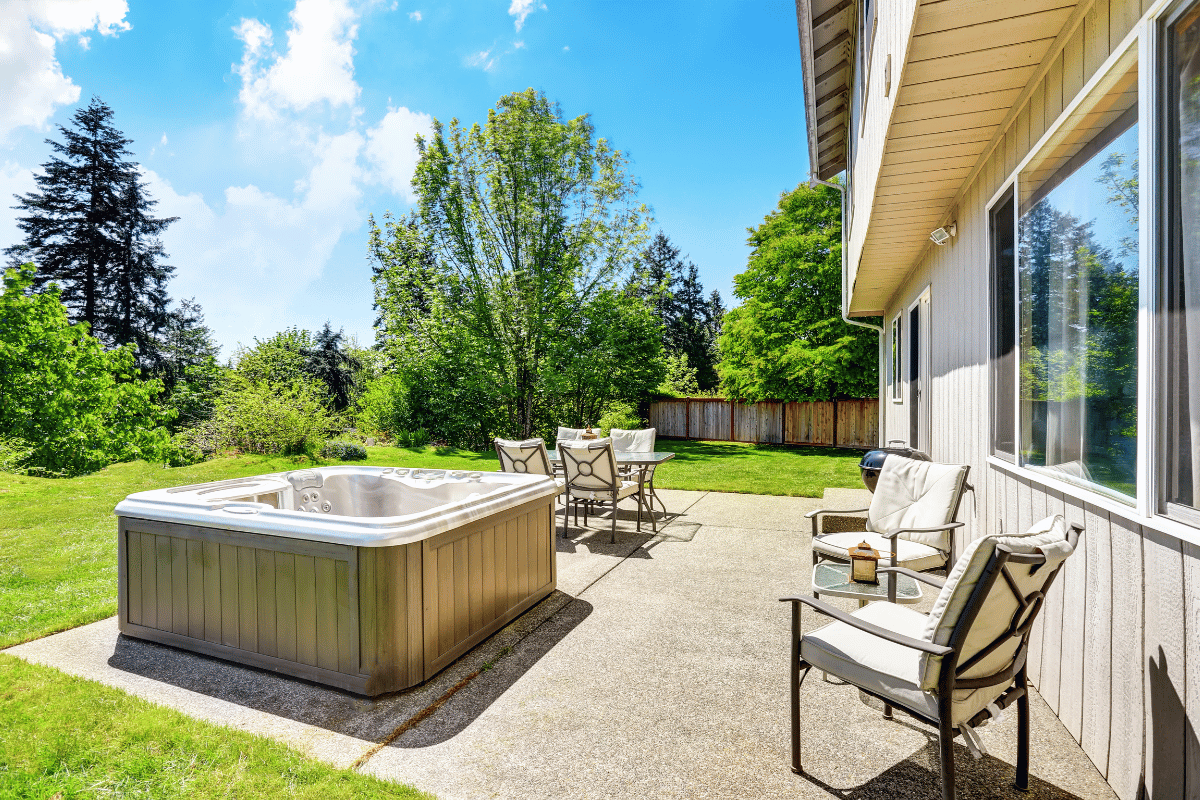April 12, 2024
Understanding Your Hot Tub Power Supply: Ensuring a Safe and Relaxing Experience
A hot tub is an oasis of relaxation right in your own backyard, but it’s not as simple as plugging it into any outlet and jumping in. Understanding the specifics of hot tub power supply is crucial for both safety and enjoyment. Let’s dive into what you need to know about powering your hot tub, so you can soak stress-free and with confidence.
Getting to Know Your Hot Tub’s Power Requirements
Hot tubs come with different power requirements based on their size, features, and design. Most residential hot tubs require a 240V power supply, similar to what your washing machine or dryer might use. This allows them to heat up efficiently and run multiple functions simultaneously, like jets and lights. Before installation, it’s essential to check the manufacturer’s specifications for your specific model to understand the voltage and amperage requirements.
Why 240V? The Benefits Explained
You might wonder why a hot tub requires such a high voltage. The reason is simple: efficiency and performance. A 240V supply enables the hot tub to heat the water quickly while operating the pump and heater simultaneously without overloading the electrical system. This not only enhances your experience (no one likes waiting hours for the water to warm up!) but also helps in maintaining energy efficiency.
- Installation: DIY or Call the Pros?
When it comes to installing the power supply for your hot tub, professional installation is strongly recommended. Electrical work, especially at high voltages, can be hazardous. A licensed electrician will ensure that the installation meets local building codes and safety standards, including the necessary ground-fault circuit interrupter (GFCI) protection. This device protects you from electric shock by immediately shutting off the power if a fault is detected.
- Understanding GFCI Protection
A GFCI is a safety must-have for any hot tub installation. It monitors the electrical current and quickly switches off the power if a ground fault—a potentially dangerous situation where electricity may not be properly contained within the wires—is detected. Installing a GFCI is not just a safety measure; it’s often a legal requirement. Always make sure your installation includes this vital piece of safety equipment.
- Regular Maintenance for Safe Operation
Regular maintenance is key to safe and efficient hot tub operation. This includes checking the electrical components such as the heater, pump, and GFCI outlet. Look out for signs of wear or damage in wires and connections. If you notice anything unusual, such as a tripped breaker or the GFCI shutting off the power regularly, it’s time to call in a professional to assess and possibly upgrade your electrical setup.
- Seasonal Considerations
If you live in an area with harsh winters, you should consider the impact of cold weather on your hot tub’s electrical system. Ensuring that your hot tub is properly insulated and that the electrical components are shielded from the elements can prevent issues such as frozen pipes and fluctuating power loads.
- Conclusion
Your hot tub’s power supply is more than just a technicality—it’s the backbone of your hot tub’s safety and functionality. Understanding the basics of how your hot tub is powered and respecting the complexities of electrical installation are key to a safe and enjoyable soaking experience. Don’t hesitate to consult with a professional electrician who can provide the right setup and peace of mind.


